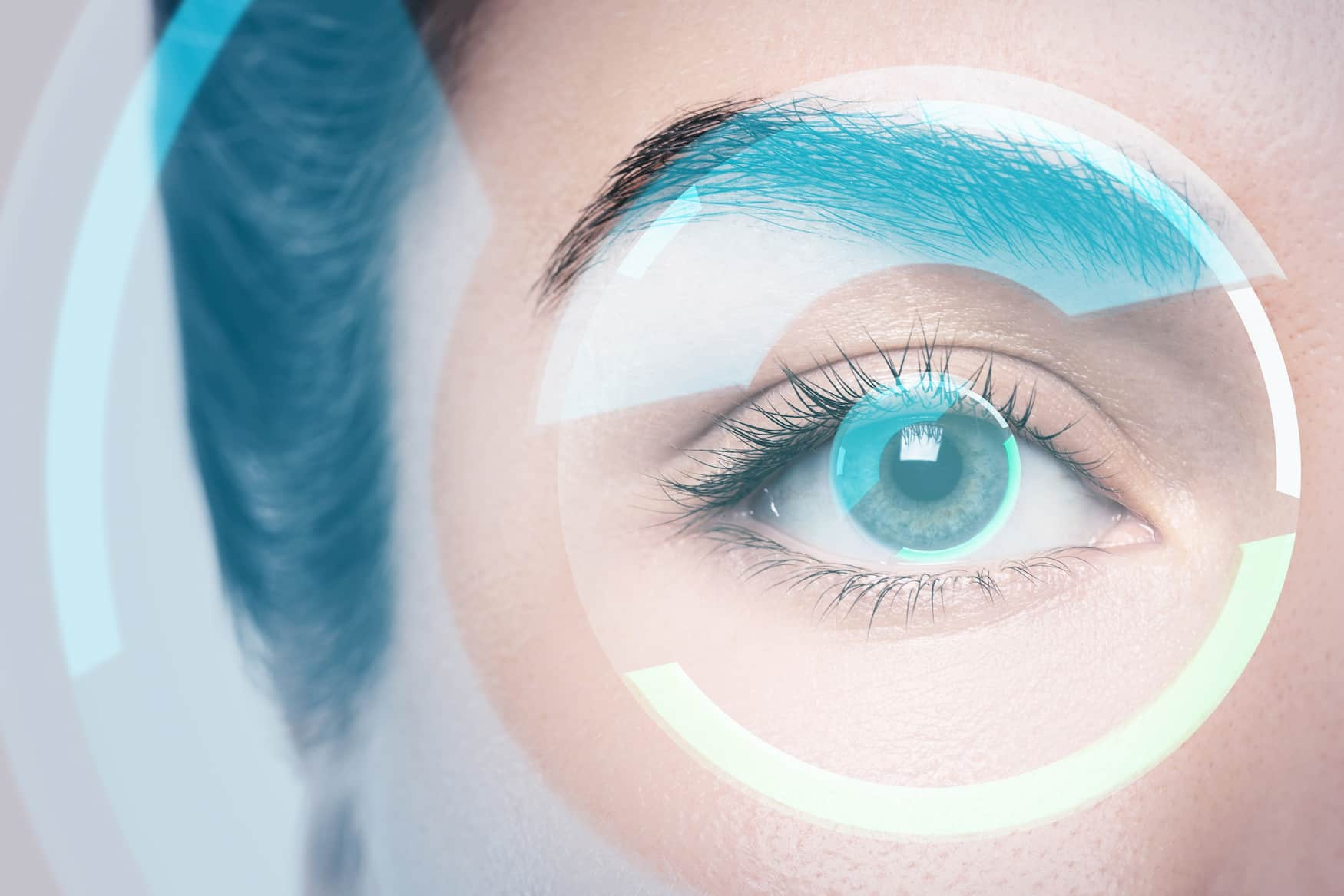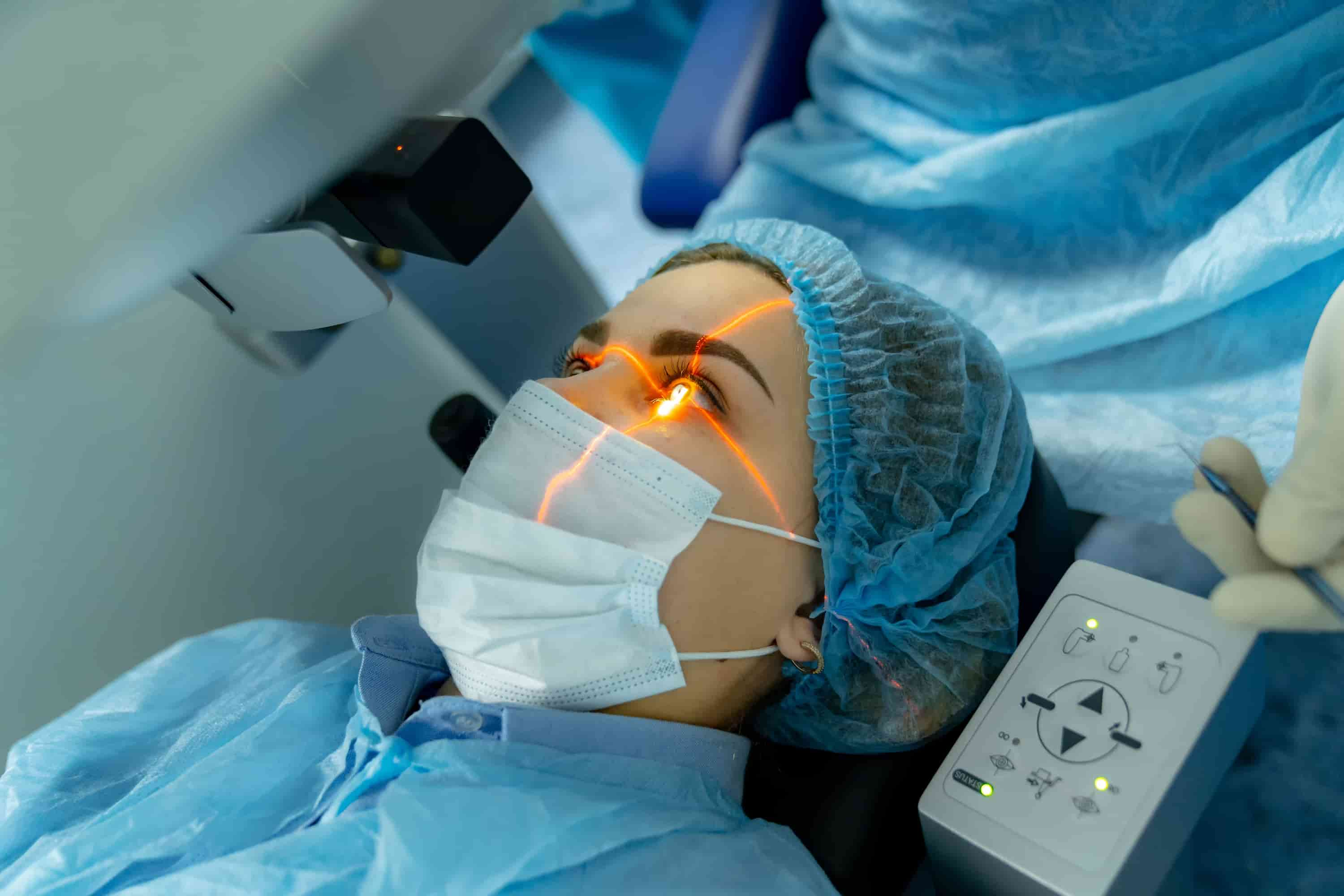
What is Secondary Cataract and How is it Treated?
As we age, various health problems start to appear, including visual disturbances such as cataracts. Cataracts are a common condition that affects many people around the world, particularly those over 60 years old. While most people associate cataracts with the elderly, there is another type of cataract that can develop at any age - secondary cataract. In this article, we will explore what secondary cataract is, its causes, symptoms, and treatment options.
What is a Secondary Cataract?
Secondary cataract, also known as posterior capsule opacification (PCO), is a common condition that can develop after cataract surgery. This condition affects the posterior capsule of the natural lens that was left in place during the surgery, causing it to become cloudy and leading to blurred vision and other visual disturbances. While primary cataracts are a result of the natural aging process, secondary cataracts can develop at any age and are a complication of cataract surgery.
The exact cause of secondary cataract is not yet fully understood, but it is believed to be caused by the natural healing process that occurs after cataract surgery. During the healing process, cells from the natural lens can migrate to the posterior capsule and start to multiply, causing it to thicken and become cloudy. Other factors that can increase the risk of developing secondary cataracts include pre-existing eye conditions, the use of certain medications, eye trauma or injury, and a family history of cataracts or secondary cataracts.
Fortunately, secondary cataract is easily treatable with a simple outpatient procedure called YAG laser capsulotomy. This procedure involves using a special laser to create a small opening in the cloudy posterior capsule, allowing light to pass through and restoring clear vision. While secondary cataract is a common complication of cataract surgery, there are steps you can take to reduce your risk of developing this condition, such as choosing an experienced and qualified eye surgeon, following post-surgery instructions carefully, managing pre-existing eye conditions, and having regular eye exams to monitor your eye health.

Causes of Secondary Cataract
The exact cause of secondary cataract is not fully understood, but it is thought to be related to the healing process after cataract surgery. In some cases, the cells from the natural lens that remain in the lens capsule can become activated and start to grow, leading to the formation of scar tissue. This scar tissue can cause the lens capsule to become cloudy and impair vision.
Risk factors for developing secondary cataract include certain medical conditions such as diabetes, a family history of cataracts, and certain medications such as steroids. In addition, individuals who have had certain types of cataract surgery, such as extracapsular cataract extraction, may be at a higher risk for developing secondary cataract.
Symptoms of Secondary Cataract
The symptoms of secondary cataract can vary from person to person. However, some common symptoms include:
Blurry vision
Difficulty seeing at night
Glare or halos around lights
Decreased contrast sensitivity
Double vision
If you are experiencing any of these symptoms, it is important to speak with your eye doctor. They can perform a thorough eye exam to determine the cause of your symptoms and recommend the best treatment options.
Treatment for Secondary Cataract
The good news is that secondary cataract is easily treatable with a simple outpatient procedure called a YAG laser capsulotomy. During this procedure, a laser is used to create a small hole in the cloudy lens capsule, allowing light to pass through and restore clear vision. The procedure is quick and painless and typically only takes a few minutes to complete.
After the procedure, it is common to experience some mild discomfort or sensitivity to light, but this usually resolves within a few days. Most individuals will notice an improvement in their vision within hours of the procedure.
It is important to note that while a YAG laser capsulotomy is a safe and effective treatment for secondary cataract, it is not a preventative measure. Individuals who are at a higher risk for developing secondary cataract, such as those with diabetes or a family history of cataracts, should continue to monitor their vision and attend regular eye exams to detect any changes in their vision early.
In addition, individuals who have had cataract surgery should take steps to protect their eyes and promote overall eye health. This includes wearing sunglasses to protect against UV rays, eating a healthy diet rich in vitamins and antioxidants, and avoiding smoking and excessive alcohol consumption.
Preventing Secondary Cataract
While it is not always possible to prevent secondary cataract, there are steps you can take to reduce your risk. Some tips for preventing secondary cataract include:
Follow your eye doctor's instructions after cataract surgery. This may include using prescribed eye drops and avoiding certain activities for some time after surgery.
Maintain a healthy lifestyle, including eating a balanced diet, exercising regularly, and avoiding smoking.
Protect your eyes from UV radiation by wearing sunglasses or a hat with a brim.
Manage any underlying health conditions, such as diabetes, that can increase your risk of developing secondary cataract.
When to See Your Eye Doctor?
If you are experiencing symptoms of secondary cataract, it is important to see your eye doctor as soon as possible. They can perform a thorough eye exam to determine the cause of your symptoms and recommend the best treatment options.
Additionally, it is important to schedule regular eye exams, even if you are not experiencing any symptoms. This can help detect any changes in your vision early and allow for prompt treatment.
Healthy Türkiye Notes
Secondary cataract is a common complication of cataract surgery, but it is easily treatable with a simple outpatient procedure. By understanding the causes and symptoms of secondary cataract, individuals can take steps to protect their vision and receive prompt treatment if necessary. It is important to attend regular eye exams and to inform your eye doctor if you experience any changes in your vision or symptoms such as blurry or hazy vision, glare or halos around lights, difficulty seeing in low light conditions, or difficulty reading or performing close-up tasks.
In summary, secondary cataract is a condition that can occur after cataract surgery due to the growth of cells in the lens capsule, leading to cloudiness and visual disturbances. Risk factors for developing secondary cataracts include certain medical conditions, a family history of cataracts, and certain medications. The condition can be treated with a simple outpatient procedure called a YAG laser capsulotomy, but it is important to continue monitoring your vision and attending regular eye exams to detect any changes early. Taking steps to promote overall eye health, such as wearing sunglasses and eating a healthy diet, can also help to reduce the risk of developing secondary cataract.



